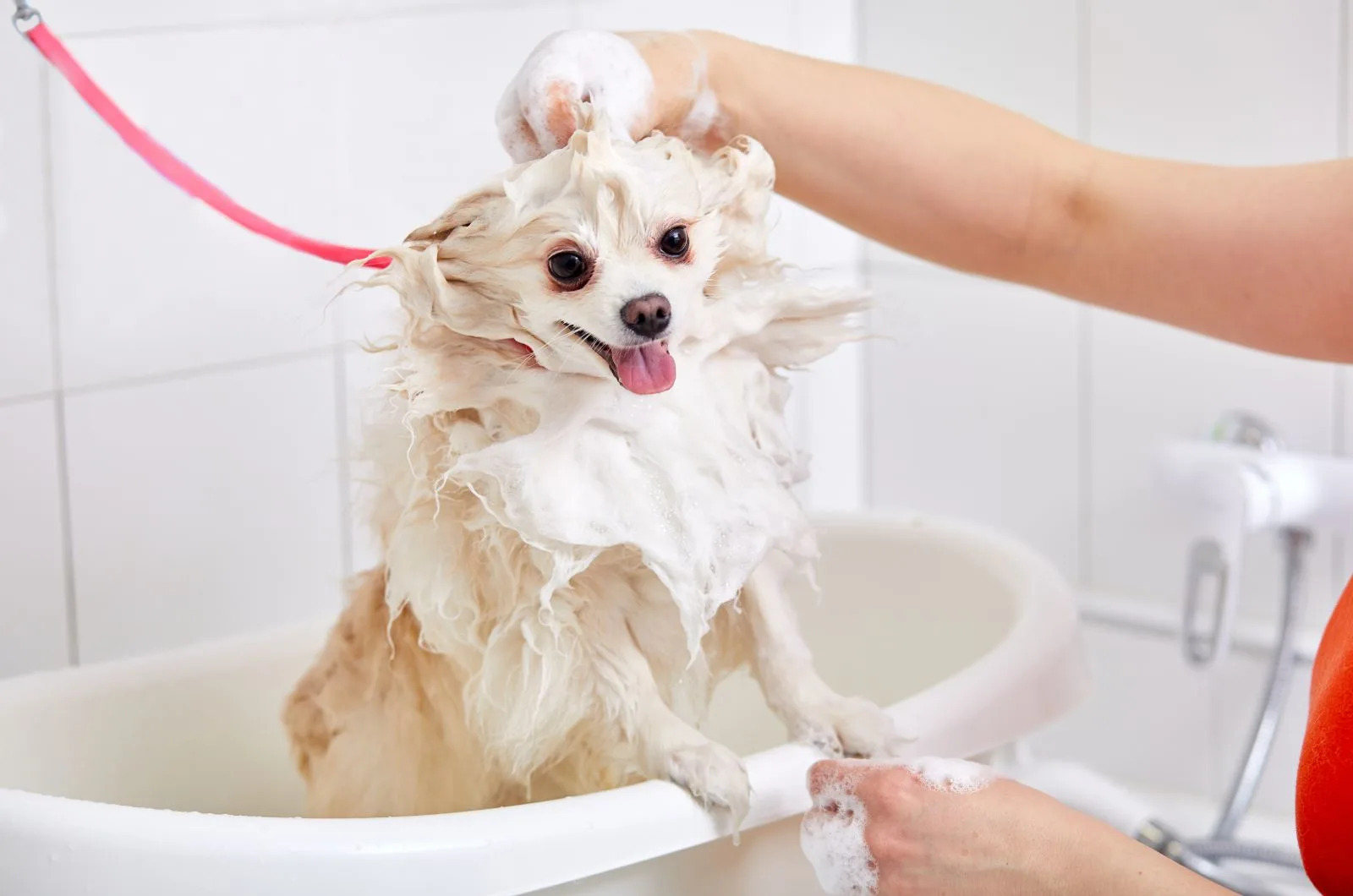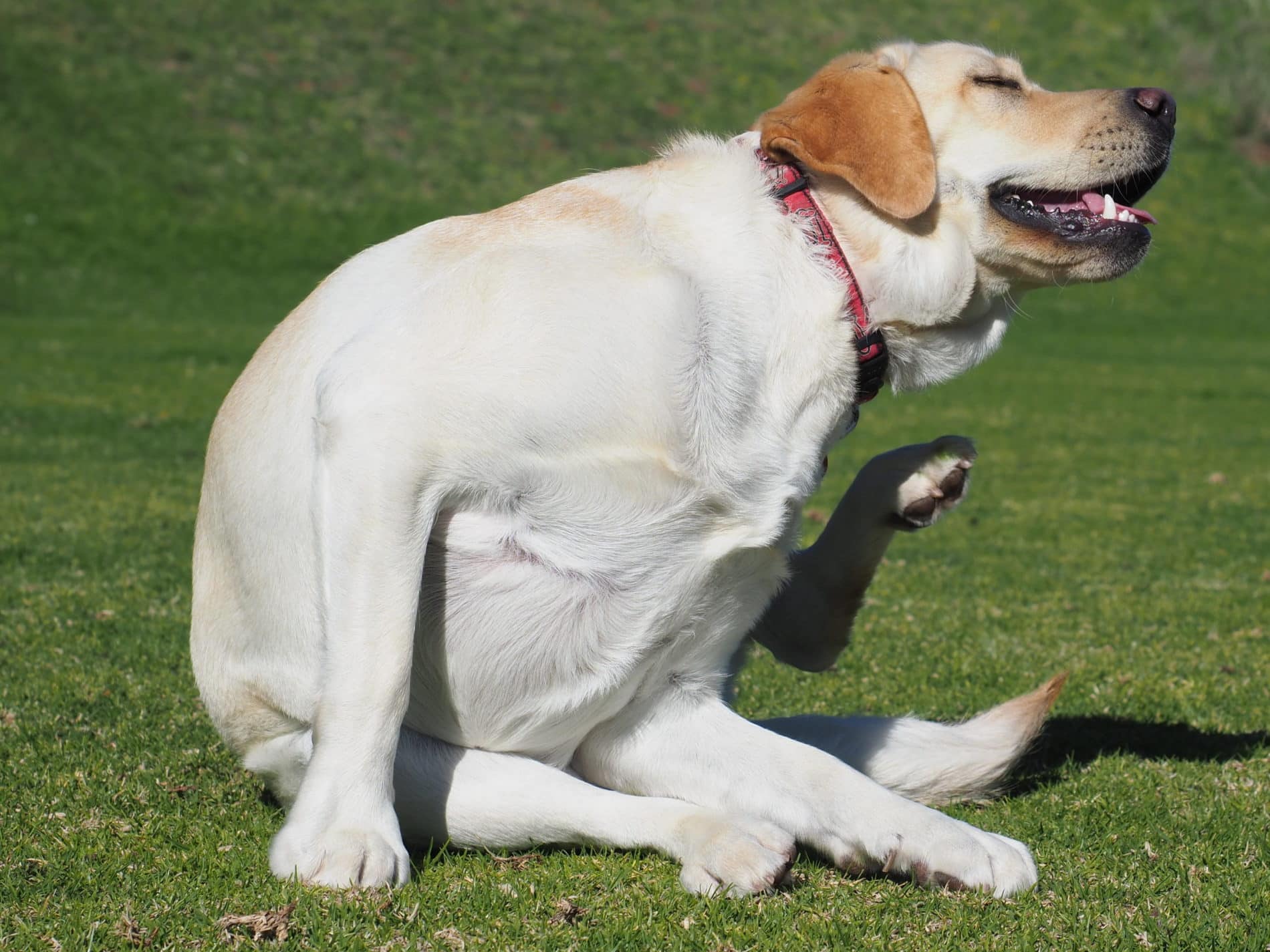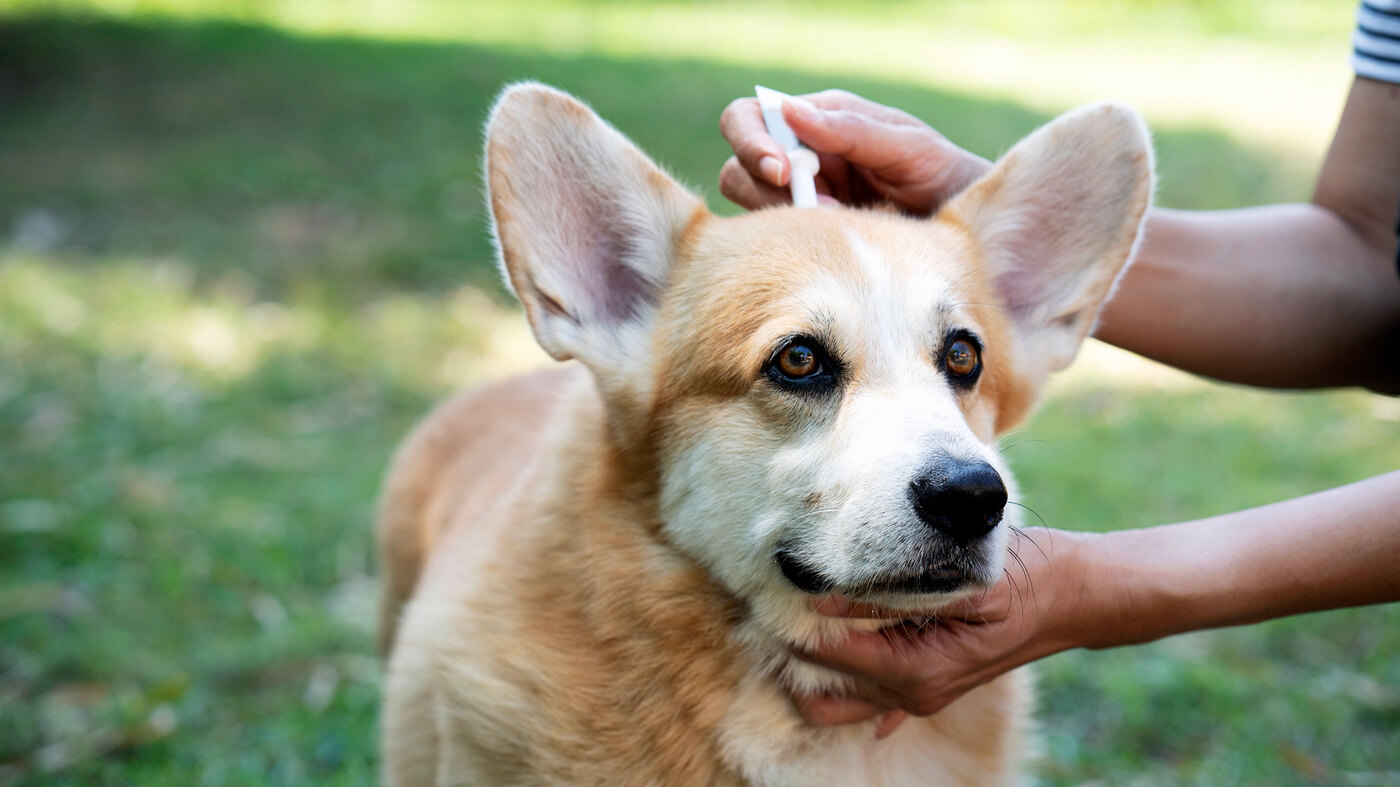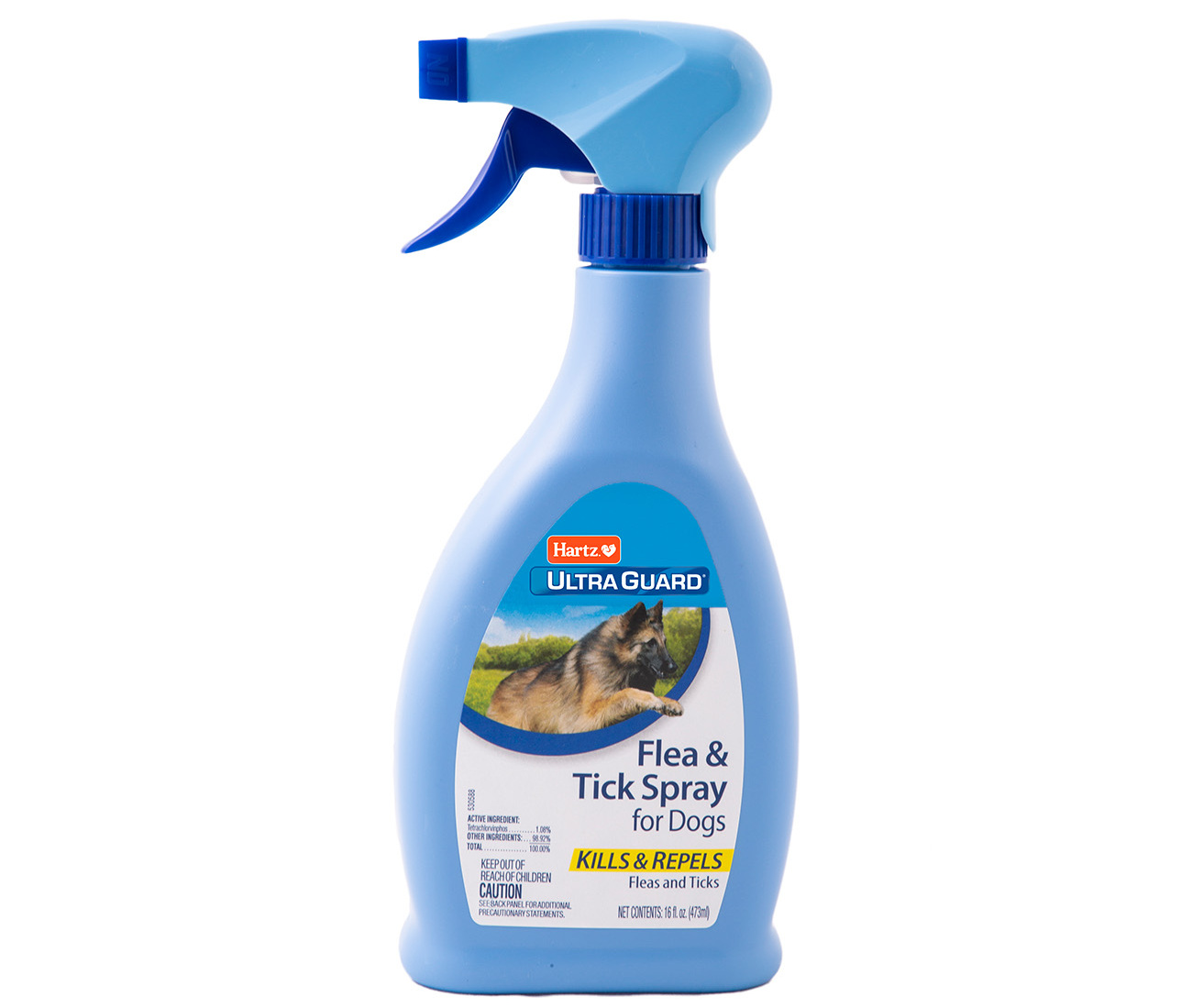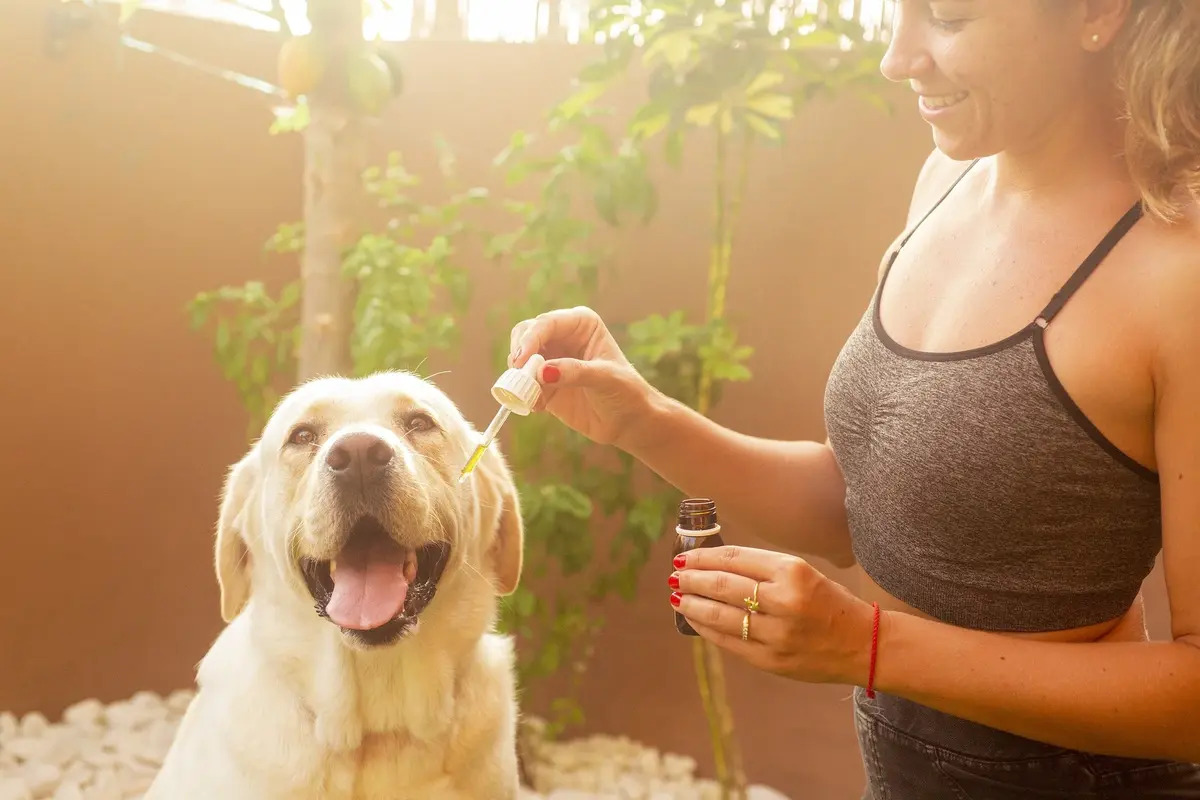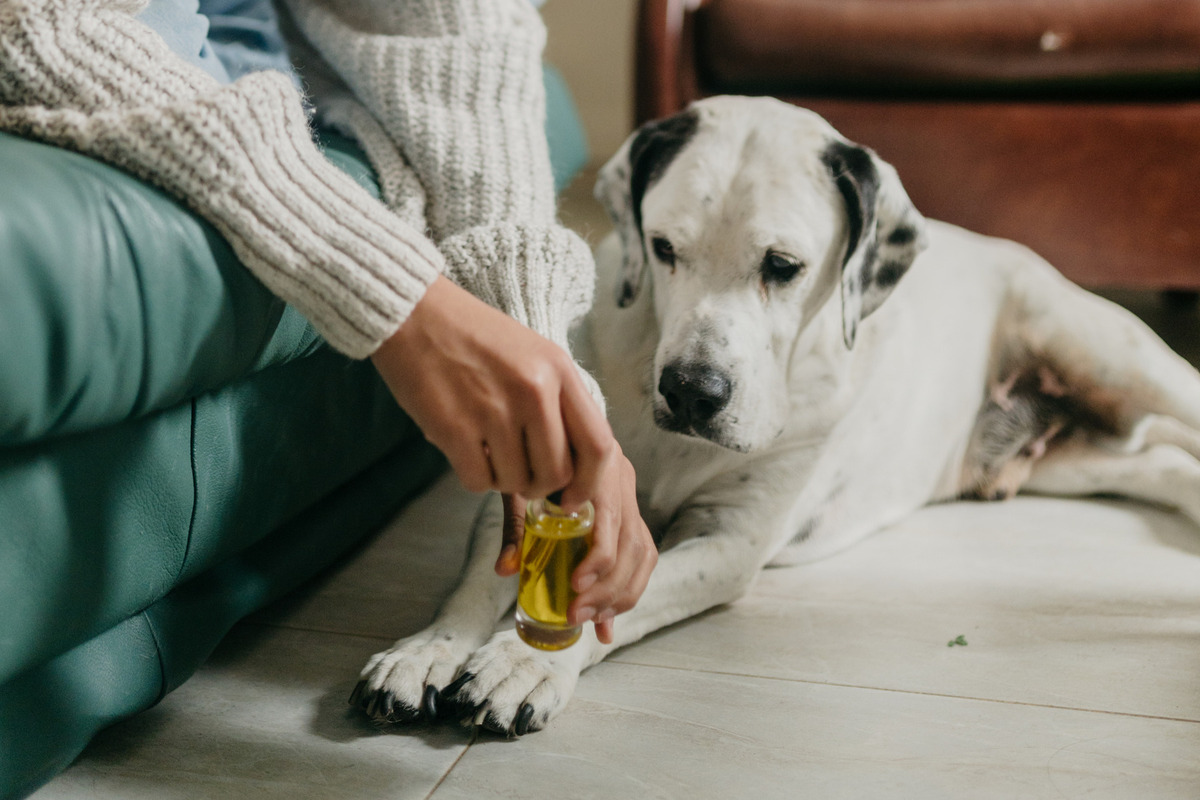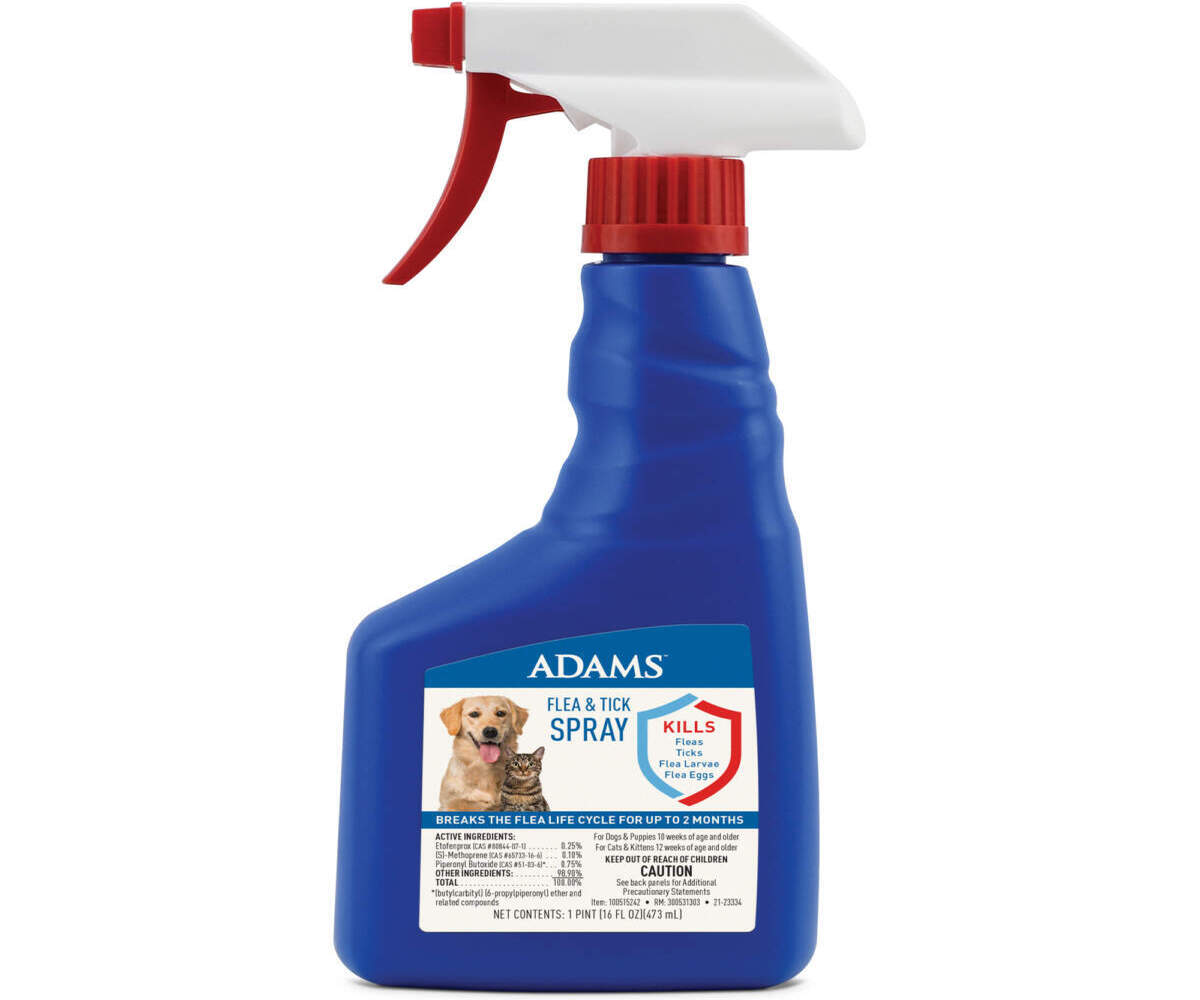Home>Health & Wellness>Common Health Issues>When Can I Use Flea And Tick Shampoo On A Dog


Common Health Issues
When Can I Use Flea And Tick Shampoo On A Dog
Published: February 3, 2024
Learn about common health issues in dogs and when to use flea and tick shampoo. Find out the best practices for keeping your pet healthy and happy.
(Many of the links in this article redirect to a specific reviewed product. Your purchase of these products through affiliate links helps to generate commission for Pawsomeoldies.com, at no extra cost. Learn more)
Table of Contents
Introduction
When it comes to keeping our furry friends healthy and happy, protecting them from pesky parasites like fleas and ticks is a top priority. These tiny critters can not only cause discomfort and irritation for our beloved pets but also pose potential health risks. As responsible pet owners, it's crucial to stay informed about the best practices for preventing and treating flea and tick infestations.
One of the key tools in the battle against these persistent pests is flea and tick shampoo. This specialized shampoo is designed to target and eliminate fleas and ticks, providing a proactive approach to maintaining your dog's well-being. However, it's essential to understand the proper usage and timing of flea and tick shampoo to ensure its effectiveness and safety for your canine companion.
In this comprehensive guide, we will delve into the nuances of using flea and tick shampoo on dogs, covering everything from understanding these common parasites to selecting the right shampoo and employing safe application techniques. By the end of this article, you will have a clear understanding of when and how to use flea and tick shampoo to safeguard your dog from these troublesome pests. Let's embark on this informative journey to empower you as a vigilant and caring pet owner.
Read more: Is It Ok To Use Adams Flea And Tick Cleansing Shampoo When Your Dog Has Sores From Fleas?
Understanding Fleas and Ticks
Fleas and ticks are common external parasites that can wreak havoc on our furry companions. Understanding the behavior and characteristics of these tiny pests is crucial for effective prevention and treatment.
Fleas:
Fleas are minuscule, wingless insects that survive by feeding on the blood of mammals and birds. These agile pests can jump impressive distances, allowing them to move swiftly between hosts. Flea infestations often lead to incessant itching and discomfort for dogs, and in severe cases, they can cause anemia, dermatitis, and transmit diseases. Identifying fleas may involve observing your dog's scratching behavior, noticing tiny black specks (flea dirt) in their fur, or directly spotting the fleas themselves.
Ticks:
Ticks are arachnids that attach themselves to a host and feed on their blood. These resilient parasites are commonly found in grassy and wooded areas, where they wait to latch onto passing animals. Ticks can transmit a range of diseases, including Lyme disease and Rocky Mountain spotted fever, making them a significant health concern for dogs and humans alike. Detecting ticks on your dog may involve thorough inspection, particularly in areas such as the ears, between toes, and around the neck.
Prevention and Control:
Preventing flea and tick infestations is a fundamental aspect of pet care. Regular grooming and inspection of your dog's coat can help in early detection of these parasites. Additionally, using preventive measures such as flea and tick collars, topical treatments, and oral medications can significantly reduce the risk of infestation. It's important to consult with a veterinarian to determine the most suitable preventive measures based on your dog's health and lifestyle.
By gaining a deeper understanding of the behavior and impact of fleas and ticks, pet owners can take proactive steps to protect their canine companions from these persistent pests. This knowledge forms the foundation for effective prevention and treatment strategies, ensuring the well-being and comfort of our beloved pets.
Choosing the Right Flea and Tick Shampoo
Selecting the appropriate flea and tick shampoo is a crucial step in ensuring the well-being of your dog. With a myriad of options available, it's essential to make an informed decision based on your dog's specific needs and any potential sensitivities. Here are key factors to consider when choosing the right flea and tick shampoo:
1. Active Ingredients:
Look for shampoos that contain effective active ingredients such as pyrethrin, permethrin, or fipronil. These ingredients are known for their ability to target and eliminate fleas and ticks, providing a potent defense against infestations. Additionally, consider shampoos with natural ingredients like essential oils (e.g., cedarwood, peppermint, or citrus) known for their repellent properties.
2. Sensitivity and Allergies:
Take into account your dog's skin sensitivity and any known allergies. Opt for shampoos that are specifically formulated for dogs and free from harsh chemicals or artificial fragrances that may cause irritation. If your dog has a history of skin issues, consult with a veterinarian to identify suitable hypoallergenic options.
3. Effectiveness and Residual Protection:
Prioritize shampoos that not only eliminate existing fleas and ticks but also provide residual protection to prevent reinfestation. Some shampoos offer extended protection by leaving behind residual active ingredients on the dog's coat, deterring parasites for an extended period.
Read more: What Can I Use On A Pregnant Dog For Fleas
4. Consideration of Dog's Age and Health:
For puppies, senior dogs, or those with underlying health conditions, it's essential to choose a gentle yet effective shampoo. Ensure that the selected product is safe for use on dogs of all ages and health statuses, and avoid shampoos with potentially harsh chemicals that may pose risks to vulnerable individuals.
5. User-Friendly Application:
Opt for shampoos that are easy to lather and rinse off, facilitating a stress-free bathing experience for both you and your dog. Additionally, consider the scent of the shampoo, as a pleasant fragrance can contribute to a more enjoyable bathing routine.
By carefully considering these factors, you can make an informed decision when choosing the right flea and tick shampoo for your dog. Prioritizing effectiveness, safety, and user-friendliness will ensure that your dog receives the best possible protection against fleas and ticks, contributing to their overall health and well-being.
When to Use Flea and Tick Shampoo on Your Dog
Determining the appropriate timing for using flea and tick shampoo on your dog is pivotal in effectively managing and preventing infestations. Several scenarios warrant the use of flea and tick shampoo to ensure the well-being of your canine companion.
-
Active Infestation: If you notice signs of a flea or tick infestation on your dog, such as excessive scratching, visible pests in their fur, or skin irritation, it's crucial to address the issue promptly. In cases of an active infestation, using flea and tick shampoo can provide immediate relief by targeting and eliminating the parasites on your dog's coat. This proactive approach helps alleviate discomfort and prevents the infestation from worsening.
-
Preventive Maintenance: Incorporating flea and tick shampoo into your dog's regular grooming routine can serve as a preventive measure, especially if they spend time outdoors or in environments where exposure to parasites is likely. Regular use of flea and tick shampoo, in addition to other preventive methods, can help mitigate the risk of infestation, providing an added layer of protection for your dog.
-
Seasonal Considerations: Certain seasons, such as spring and summer, are associated with heightened flea and tick activity due to favorable environmental conditions. During these periods, it's advisable to proactively use flea and tick shampoo as part of your dog's seasonal grooming regimen. By staying ahead of potential infestations, you can minimize the impact of these parasites on your dog's well-being.
-
Post-Outdoor Activities: After engaging in outdoor activities such as hiking, camping, or visits to wooded areas, your dog may be more susceptible to picking up fleas and ticks. Using flea and tick shampoo following such activities can help remove any parasites that may have latched onto your dog's coat, reducing the risk of infestation and potential disease transmission.
-
Vet Recommendation: In some cases, a veterinarian may recommend the use of flea and tick shampoo as part of a comprehensive treatment plan for managing existing infestations or addressing specific health concerns related to parasites. It's important to follow your veterinarian's guidance regarding the timing and frequency of flea and tick shampoo usage based on your dog's individual needs.
By recognizing these scenarios and understanding the appropriate timing for using flea and tick shampoo, you can proactively safeguard your dog from the discomfort and health risks associated with flea and tick infestations. Incorporating flea and tick shampoo into your dog's care regimen at the right times empowers you to take a proactive stance in preserving their overall well-being.
How to Use Flea and Tick Shampoo Safely
Ensuring the safe and effective application of flea and tick shampoo is paramount in safeguarding your dog's well-being while addressing parasite-related concerns. By following proper techniques and precautions, you can maximize the benefits of flea and tick shampoo while minimizing any potential risks to your canine companion.
Read more: How To Use Frontline Flea And Tick For Dogs
1. Diligent Readiness:
Before initiating the bathing process, gather all necessary supplies, including the flea and tick shampoo, towels, and a suitable bathing area. It's essential to prepare the bathing area in a secure and comfortable space, ensuring minimal distractions and a controlled environment for the bathing process.
2. Thorough Coat Wetting:
Begin by thoroughly wetting your dog's coat with lukewarm water. Ensure that the water temperature is comfortable for your dog, as excessively hot or cold water can cause distress. Properly wetting the coat sets the stage for effective shampoo application and lathering.
3. Application of Shampoo:
Dispense an appropriate amount of flea and tick shampoo onto your hands and gently massage it into your dog's coat. Pay special attention to areas where fleas and ticks are commonly found, such as around the neck, ears, and base of the tail. Work the shampoo into a rich lather, ensuring thorough coverage of the entire coat.
4. Gentle Massage and Contact Time:
While applying the shampoo, engage in a gentle massage to ensure that the product reaches the skin, where fleas and ticks often reside. Allow the shampoo to remain in contact with the coat for the duration recommended on the product label, as this facilitates the efficacy of the active ingredients in targeting and eliminating parasites.
5. Rinse Thoroughly:
After the appropriate contact time has elapsed, rinse your dog's coat meticulously to remove all traces of the shampoo. Inadequate rinsing may lead to skin irritation or ingestion of residual shampoo during grooming. Thorough rinsing ensures that your dog's coat is clean and free from any shampoo residue.
6. Drying and Comfort:
Gently towel-dry your dog to remove excess water, and provide a warm and cozy environment for them to air-dry completely. It's important to ensure that your dog is comfortable and at ease throughout the drying process, as this contributes to a positive bathing experience.
7. Observation and Post-Bath Care:
Following the bath, observe your dog for any signs of skin irritation or adverse reactions. If you notice any unusual symptoms, such as excessive itching or redness, consult with a veterinarian promptly. Additionally, maintain a clean and hygienic environment for your dog to prevent reinfestation after the bath.
By adhering to these guidelines, you can use flea and tick shampoo safely and effectively, promoting your dog's comfort and protection against these persistent parasites. Prioritizing a gentle and thorough approach to shampoo application ensures that your dog receives the full benefits of the product while minimizing any potential discomfort or adverse effects.
Conclusion
In conclusion, the use of flea and tick shampoo is a valuable component of a comprehensive approach to protecting our canine companions from the perils of flea and tick infestations. By gaining a deeper understanding of these common parasites and the nuances of selecting, timing, and safely applying flea and tick shampoo, pet owners can proactively safeguard their dogs' well-being.
The journey of understanding fleas and ticks has shed light on the behavior and impact of these persistent parasites. From their potential to cause discomfort and irritation to the transmission of diseases, the significance of preventive measures cannot be overstated. By recognizing the signs of infestation and prioritizing regular grooming and inspection, pet owners can take proactive steps to mitigate the risk of flea and tick-related concerns.
Choosing the right flea and tick shampoo is a pivotal decision that hinges on factors such as active ingredients, sensitivity, effectiveness, and user-friendliness. By carefully considering these elements, pet owners can make informed choices that align with their dogs' specific needs, ensuring optimal protection against fleas and ticks while prioritizing their comfort and safety.
Understanding the appropriate timing for using flea and tick shampoo has empowered pet owners to address infestations promptly, incorporate preventive maintenance, consider seasonal variations, and respond to outdoor activities effectively. By recognizing these scenarios, pet owners can take a proactive stance in preserving their dogs' overall well-being and comfort.
The safe and effective application of flea and tick shampoo is a cornerstone of ensuring its benefits while minimizing potential risks. By diligently preparing for the bathing process, applying the shampoo thoroughly, and observing post-bath care, pet owners can prioritize their dogs' comfort and protection, fostering a positive bathing experience.
In essence, the utilization of flea and tick shampoo serves as a proactive and preventive measure, contributing to the holistic care and well-being of our beloved dogs. By integrating the knowledge and practices outlined in this guide, pet owners can navigate the realm of flea and tick management with confidence, empowering them to provide their dogs with a life free from the discomfort and health risks posed by these persistent parasites.
